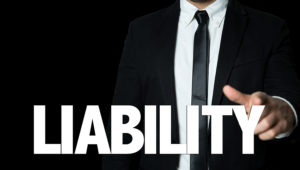Surging in popularity in recent years, design-build is now the fastest-growing delivery method in the design and construction industry. According to the Design-Build Institute of America (DBIA), roughly 40 percent of commercial projects in the country rely on it.
+ Read More
|
In the authors’ previous article, five design and construction contract provisions were explored: indemnification; insurance and waiver of subrogation; ownership and reuse of documents; warranty and correction of work; and termination of contract.
+ Read More
|
Design/construction professionals routinely sign contracts, and many of them are form contracts that have been developed by professional and industry associations, such as American Institute of Architects (AIA), Associated General Contractors (AGC), Engineering Joint Contract Documents Committee (EJCDC), and ConsensusDocs.
+ Read More
|
Clients sometimes argue they own the copyright for their project if they contribute ideas, sketches, or other information the architect then incorporates into the drawings.
+ Read More
|
Architects are often asked by an owner for a contractor, especially when it comes to small commercial and residential projects. While it may be nice to be helpful, they should be aware this advice carries a risk if the contractor performs poorly or defaults.
+ Read More
|
Design professionals face significant liability from a variety of sources. Minimizing this exposure should be on the minds of all architects and engineers when drafting contracts.
+ Read More
|
The traditional way architects set their fee is to base it on a percentage of the “cost of construction.” Many form contracts, including B101-2007, Owner−Architect Agreement, developed by the American Institute of Architects (AIA), provide this method as one of the possibilities.
+ Read More
|
In the past few years, some courts have made it increasingly difficult for architects to win copyright infringement claims. There appears to be skepticism about what is original and, therefore, what is entitled to protection.
+ Read More
|
In effect for more than 15 years, Digital Millennium Copyright Act (DMCA) has been rarely invoked by architects. However, the handful of cases discussing the act suggests architects could, in certain circumstances, apply it in conjunction with a copyright claim.
+ Read More
|
A recent federal case addressed a common question arising among design firms: What use can a departing employee make of designs created while at a prior firm? In Gensler v. Strabala, the large international architectural firm filed suit in federal court against its former design director.
+ Read More
|
|
|













